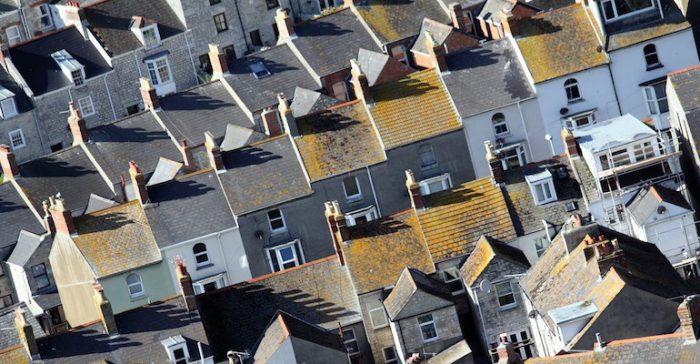Zero energy buildings on the rise but barriers remain
Written by Christopher Perry, aceee.org, October 24, 2018
Zero energy building codes are making inroads in Oregon, California, British Columbia, and other places, but a new ACEEE white paper reveals that they still face barriers to nationwide success, including a “solar-only” mentality.
From coast to coast, there’s considerable momentum for zero energy buildings, or ZEBs, which produce at least as much energy as they use over the course of a year. To make a building zero energy, designers first minimize the building’s energy use with high-efficiency walls, windows, HVAC equipment, and energy management systems. The remaining load is met with on-site renewable energy, typically solar photovoltaic panels.
British Columbia unveiled its voluntary zero energy “step code,” which its local governments could choose to adopt, in April 2017. A few months later in November, Oregon announced it would begin incorporating zero energy strategies into its building codes beginning in 2019. This year in May, California adopted a new building code that requires all new homes be zero electricity by 2020 and new commercial buildings by 2030. Other active zero energy plans are underway in Vermont, Rhode Island, and Massachusetts.
Despite this progress, ZEBs face resistance. One such barrier is a “solar-only” mindset, which focuses on adding solar to a building without considering energy efficiency. However, ZEBs without efficiency are generally a higher-cost approach, and energy efficiency offers a number of nonenergy benefits such as improved comfort and resilience.
Still others feel that the overall goal should not be zero energy buildings with on-site renewable energy, but instead efficient buildings with community renewable energy options. This position overlooks the fact that ZEBs and community storage do not need to be an “either/or” proposition. We can still pursue ZEBs now, and both on-site and community generation can co-exist in a clean energy future.
A final barrier is disinterest in energy-efficient or zero energy buildings. ZEB advocates can overcome this barrier by developing code-improvement proposals and supporting voluntary programs that encourage and support ZEB construction. ACEEE’s new whitepaper, Pathways to Zero Energy Buildings through Building Codes <<link>>, outlines proposals for upcoming code cycles that would help push the model energy codes toward zero energy. It updates a more in-depth 2014 ACEEE study, Energy Codes for Ultra-Low-Energy Buildings: A Critical Pathway to Zero Net Energy Buildings.
Improvements to model building energy codes can take a variety of forms. Code updates could focus on specific building equipment, such as improving management of plug-load energy use, increasing HVAC efficiency, or including solar-ready roofing and connections. They can also comprise broader changes to the codes themselves, such as developing an informative ZEB appendix, improving performance path scores, or creating an outcome-based performance path that emphasizes efficient ongoing performance and not just design.
Where national model codes face resistance, cities, states, and municipalities can step in and update their own codes to incorporate these measures. Strategies like stretch codes and voluntary programs can help shift the industry toward ZEB codes and improve acceptance of some of the proposed changes.
As British Columbia, Oregon, and California show, the future is bright for zero energy building codes, but it will require substantial effort to get there on a national scale.
[mks_button size=”medium” title=”This article was written by Christopher Perry and was originally posted on aceee.org” style=”squared” url=”https://aceee.org/blog/2018/10/zero-energy-buildings-rise-barriers” target=”_blank” bg_color=”#dd9933″ txt_color=”#FFFFFF” icon=”” icon_type=”” nofollow=”0″]
